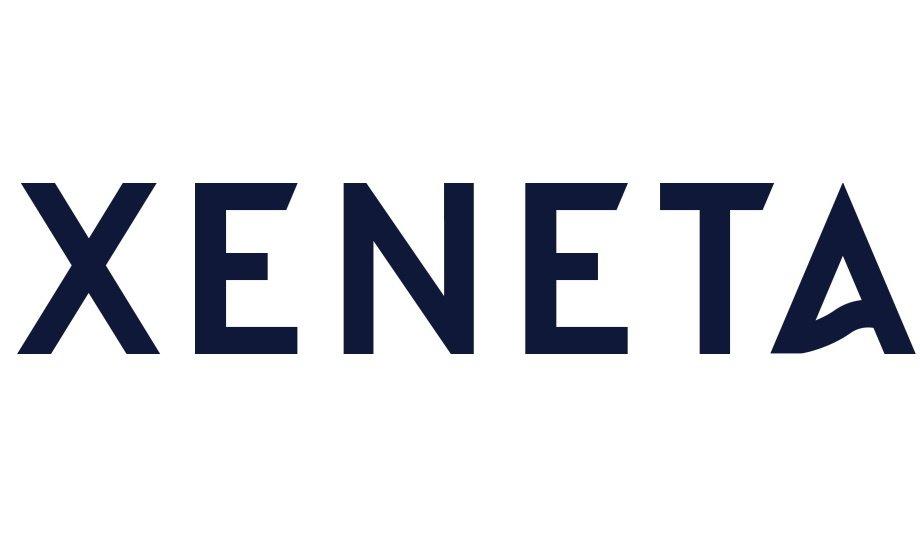April 2022 saw the third consecutive monthly climb in long-term contracted ocean freight rates, with shipping costs rocketing by 11.1% globally to stand 109.9% up year-on-year.
The data, revealed in the latest Xeneta Shipping Index (XSI) Public Indices for the contract market, demonstrates how supply chain demand, successful carrier strategies and continued COVID-19 disruption in China are coalescing to ‘pile on the pain’ for shippers worldwide.
Xeneta Shipping Index (XSI)
Xeneta’s XSI, compiled from real-time data crowd-sourced from leading global shippers, shows near universal long-term hikes across key trading corridors.
European developments led the charge in April 2022, as the import benchmark surged 16.8%
European developments led the charge in April 2022, as the import benchmark surged 16.8% (up 107.3% year-on-year), while export rates climbed 20.3% over the month, now standing 102.8% up against April 2021. Far East moves were less pronounced, with imports edging up 0.8% (52.3% higher year-on-year) and exports jumping 9% - a staggering 127.7% year-on-year appreciation.
In the US, the import index also rose by 9% - a 109.7% gain on this time in 2021 – while the export benchmark recorded the month’s only decline, and that by a mere 0.8%. Nevertheless, this latter figure remains 29.8% up year-on-year, showing how even the XSI®’s ‘weakest performer’ is still enjoying a banner year.
Reaping rewards
“Yet again we see the carrier community sitting pretty when it comes to long-term contracted rate negotiations,” comments Xeneta’s Chief Executive Officer (CEO), Patrik Berglund, adding “The data from our contributors is one indicator, while the financial performance of leading operators is another. They are, quite frankly, reaping huge rewards from a red-hot market.”
Patrik Berglund points to the latest results from COSCO subsidiary - OOCL, which reported revenues of US$ 5.16 billion for the quarter, up 71% year-on-year.
High profits seen by major shipping firms
Profits were no less dramatic, with COSCO and OOCL reporting US$ 3.3 billion in Q4 2021
Profits were no less dramatic, with COSCO and OOCL reporting US$ 3.3 billion in Q4 2021, while forecasts for Q1 2022 point to a figure of around US$ 4.3 billion. In the last week, Maersk also released its figures for the first three months of the year - 2022, showing revenues of US$ 19.3 billion, with an underlying EBITDA of US$ 9.2 billion, beating analyst expectations.
It’s a position of power the carriers have no desire of relinquishing, as Patrik Berglund explains.
Proactivity pays
“China’s zero-tolerance policy on COVID-19 continues to disrupt supply chains, as demonstrated by the lockdown in Shanghai, the world’s largest port,” notes Xeneta’s Chief Executive Officer (CEO), Patrik Berglund, adding “That is hitting exports, which could obviously free up capacity and put pressure on spot rates. However, proactive carriers are moving to protect their dominant positions, as we can see with the 2M alliance aiming to blank three Far East-North Europe sailings in May. They are not alone in this response to what is, in these times, a rare crack in otherwise solid market fundamentals.”
Patrik Berglund also notes a shift from US West Coast to US East Coast hubs by carriers (together with the impact of Chinese lockdowns) is reducing the congestion that has come to define ports, such as Long Beach in recent times.
Container imports volume high on US East Coast
He reveals that container imports into Los Angeles on the US West Coast are down by around a fifth year-on-year, while the port of New York & New Jersey on the US East Coast is now the second busiest import destination (after Long Beach) in the United States of America (USA).
“But it’s not just the carriers that are choosing proactivity,” Patrik Berglund explains.
Taking control
With stretched capacity, disruptions, carriers omitting port calls to focus on key terminals, and sky-high rates, shippers are increasingly moving to ‘take matters into their own hands’.
Lidl is the latest. The German retailer is now chartering three Panamax containerships and buying a fourth"
Patrik Berglund stated, “Lidl is the latest. The German retailer is now chartering three Panamax containerships and buying a fourth, sidestepping traditional channels to operate its own shipping line, Tailwind Shipping, most likely focusing on the Far East-Europe trade.”
He adds, “Whilst other major shippers, such as IKEA, Amazon, Home Depot, and others have sought a greater degree of supply chain control, they’ve typically opted for third-party vessel operators. As such, this is a really bold move by Lidl. Time will tell if it’s a success, potentially penning a blueprint for others to follow as they look to free themselves from the grip of all-powerful carriers.”
Staying ahead
In this most dynamic of segments, Patrik Berglund states all parties in contract negotiations need to stay informed of the latest market moves, in order to achieve value for their businesses.
“It’s tough out there,” said Patrik Berglund, adding “But with the right intelligence, understanding and a flexible approach to tailoring solutions, you can at least achieve whatever competitive advantage is possible. Knowledge, as always, is power.”
Xeneta’s XSI
Xeneta’s XSI is compiled from the latest crowd-sourced ocean freight rate data aggregated worldwide. Companies participating in the benchmarking and market analytics platform include names such as ABB, Electrolux, Continental, Unilever, Nestle, L’Oréal, Thyssenkrupp, Volvo Group and John Deere, amongst others.
